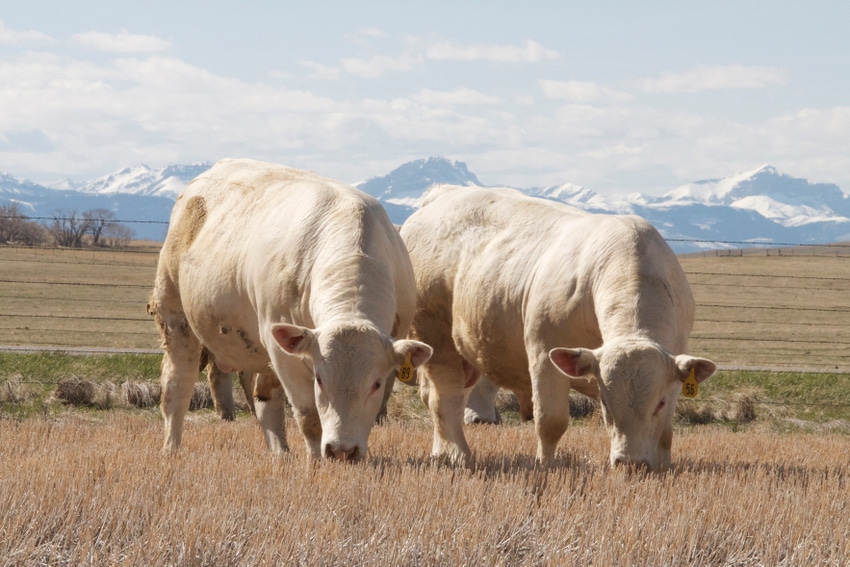Mary Lou Bradley-Henderson of Bradley 3 Ltd. at Memphis, Texas, offers her advice for getting the best bulls for your cowherd this spring.
December 23, 2016

“Go into the sale with a bigger window of bulls and be willing to open up the price window,” says Mary Lou Bradley-Henderson of Bradley 3 Ltd. at Memphis, Texas.
That’s one way she suggests bull customers can get the most value for their dollar. In this case, she says focusing on a wider pool of bull prospects and a rolling price average that fits the budget can lead to more value than focusing on too few bulls and never crossing the line on a predetermined price.
There should be plenty of bulls for commercial cow-calf producers to choose from this spring.
Consider that seedstock producers populating this year’s BEEF Seedstock 100 sold about 5% more bulls in 2016 than the year before. Plus, many were expecting herd expansion to continue at a stronger pace than now seems likely.
Logic also suggests that bull prices will be softer this spring than last, given the slide in calf prices. But that’s on average. Before the record increase in calf prices the past few years, some progressive commercial producers already were showing a willingness to battle all comers for specific genetics that promised to fulfill specific herd goals.
So, the price spread among bulls, top to bottom, will likely grow extra-wide this spring: the proverbial cow fresheners on one side and herd builders on the other. A similar case can be made for bull customers cleaving a wider demand gap between seedstock suppliers.
Spun a touch differently, Bradley-Henderson’s advice also applies to genetic options overall.
Why wait? See the 2017 Seedstock 100 listing here.
So far, semen sales continue to hold their own, says Brian House, vice president and product manager for Select Sires Inc. at Plain City, Ohio. He explains sales from Select Sires and other major bull studs have increased significantly the last few years.
The simple math is straightforward. With semen and estrus synchronization costs remaining steady as bull prices increased, the cost difference between natural and AI service narrowed. Though bull prices are trending down — pushing the cost gap wider again — House says semen sales continue at the higher pace of recent years.
Yes, lag time could be part of it. Surely not all, though, when you consider the increased number of heifers that headed to feedlots this spring and summer, rather than being kept home to breed.
“Once producers take the first step, try AI the first time and see that it works for their operation, they usually continue,” House explains.
Effectiveness of the technology is proven. As House says, Select Sires can point to a number of commercial producers using fixed-time AI and getting a conception rate of 60% to 65% on a consistent basis.
Benefits of getting more cows bred — natural or AI — in a shorter period of time are proven, too: everything from earlier calves leading to heavier market weights and replacements cycling sooner, to increased uniformity, to name a few.
Incidentally, House points to inherent bull fertility as an additional AI benefit for some bulls.
Just as commercial producers using DNA to match calves to sires in multi-sire pastures have found, some bulls get more cows pregnant than others.
“We’ve learned that there are fertility differences in bulls,” House says. “We’re pursuing fertility data more extensively than we ever have and believe it will become more important in the future.”
It’s adoption that continues to be slow, often stemming from real and perceived labor challenges. Depending on the data you look at, AI continues to run about 10% to 15% for heifers and about 3% to 5% for cows.
About the Author(s)
You May Also Like





